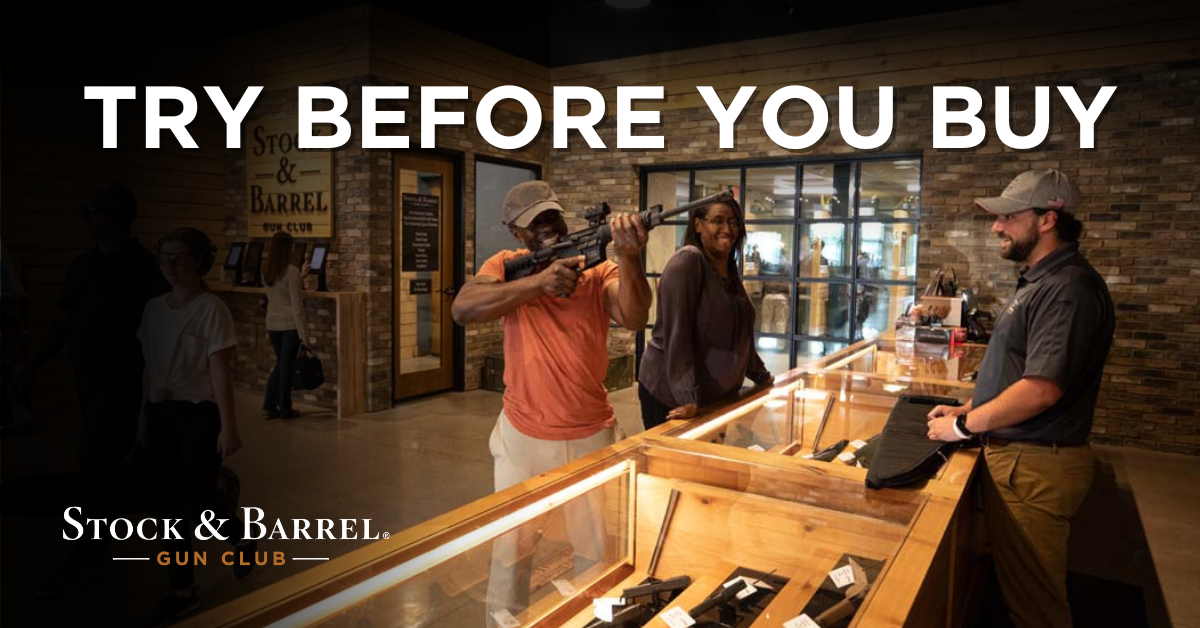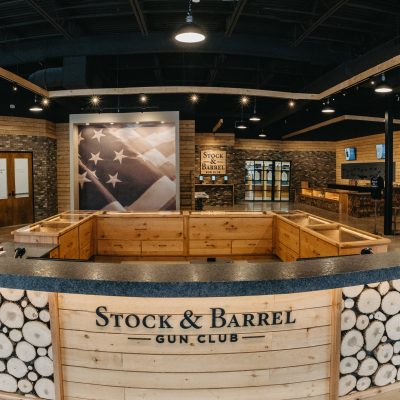As someone who might be unfamiliar with firearms, the process can seem daunting. Brands, calibers, sizes, capacities, and relevant features go on seemingly endlessly. Buying a firearm isn’t as easy as buying one that fits in your hand the best and going home with it. A useful approach to the decision-making process is to look at the options as if you were shopping for a car. Instead of taking the advice of a loved one who might have a background in firearms, or trusting whatever is in vogue currently on YouTube or a magazine, take the decision-making process into your own hands. Devote some time to research — it will pay dividends.An easy way to do this is to look at and use the rental counters at Eagan and Chanhassen to provide some guidance.
Fortunately, at Stock & Barrel, you have no shortage of options. We will focus on handguns as they are the most common firearm, and the approach is the same here as it is to rifles. Right off the bat, the first question is purpose. If this is a firearm you’re going to carry versus one you’re going to store safely in your home, those are two different approaches. Some options fit both roles but spread themselves thin in one direction or another. Models that embody this are the Glock 19, Sig P365 X-Macro, and Walther PDP Compact, to name a few examples. Think of it like buying a vehicle for winter driving. If you have the skill and patience, you can drive just about anything in winter, so do you need a four-wheel drive? Is gas mileage more important to you than storage? Let’s start with models that are more focused on carrying comfortably.
Just about anything with a single-stack magazine, meaning the rounds feed in a straight line from the magazine, will be more carry-focused. There are always exceptions, and aside from the 1911 style, this statement is generally correct. Models such as the Sig P365, Smith & Wesson Shield, and Glock 42/43 are good examples. This category of handguns are referred to as sub-compact models. Their lightweight and thin profile makes them more pleasant to carry. A wide range of holsters are available for them, resulting in additional convenience in carrying. For safe carry, holsters need to be formed to be rigid using materials like Kydex, especially for small pistols like these. Make sure that these smaller options also have metal sights, whether you have a red dot mounted or not. That has been a major point of contention with Glocks, in particular, across their line for years. Sig Sauer and others have kept up with the times, and this isn’t an issue. What you give up in exchange for comfort with these sub-compact pistols are magazine capacity and recoil control. Due to engineering constraints, sub-compact triggers also tend to be worse than their mid or full-sized brethren. Learning to shoot a sub-compact is more difficult due to these factors, and often they require more practice for higher proficiency levels.
On the opposite end of the spectrum, we have full-size options such as the Glock 17, Canik TP9, Smith & Wesson M&P 2.0, and Sig Sauer P320. These all have double-stack magazines, instead of the rounds feeding in a straight line, meaning greater magazine capacity. They also have less felt recoil, and are therefore easier to shoot, due to the greater weight/mass of the firearm itself. Polymer handguns will have more recoil than all metal ones. The one tradeoff there is the heavier the pistol, the harder it is to shoot after a few magazines. Their triggers are often much better, with some being exceptional. Equipping them with red dot sights is significantly easier, with a wide range of options compared to their sub-compact counterparts. If you’re interested in suppressing them, threaded barrels can often be purchased with the pistols from the start instead of spending hundreds of dollars after the fact. Equipping weapon-mounted lights is also easier with a wide range of options. Remember, whether you purchase a holster for concealment or outside the waistband carry, if you intend to have a light on the pistol, you’ll need a holster to accommodate that light. The downside to these full-size guns is that carrying concealed can become a whole new endeavor. They are less comfortable concealed due to weight, width, and length in just about any carry position. These are better suited for range, competition, and home defense usage unless you’re willing to spend a lot of time finding the perfect holster and dress differently to conceal the gun.
Much like purchasing a vehicle, the expected use of your firearm needs to be a major point of consideration. After that it is fit and feel. When purchasing, it’s advantageous to test drive it first. That’s not just for function, it’s also to see if you enjoy shooting it. Time and time again, people have tried firearms they didn’t think they would like as part of a proper evaluation process. Paper targets don’t lie. If you put a full magazine through a firearm and enjoy the process and the hits on target are acceptably accurate to your standards, that’s usually a good choice. Don’t just reach for the Glock because someone told you to do so, or because you see it used by the Military or Law Enforcement; take the time to try different options. Brands such as Smith & Wesson, Heckler and Koch, Canik, Ruger, CZ, Sig Sauer, Walther, and Beretta should not be overlooked. How they feel in your hand, whether or not you can reach the controls (such as the magazine release or slide stop), and how the trigger feels on your finger are all considerations, just like how the seats in a car feel or how the steering wheel sits relative to your hands and the dashboard.
Fortunately, both Stock & Barrel locations have full rental counters providing you with a broad range of useful options to consider. Taking into account the factors we just discussed, the last stop after the rental counter should be the sales counter. Tell the associate what you shot and what you liked or didn’t like; when they ask you why, try to give as descriptive an answer as possible. Also, save your paper targets to show the sales associate. They might be able to help better fit a firearm to you based on their expertise in seeing those hits on target. Don’t rush this purchase process, have fun with it! There’s no such thing as a perfect choice the first time, but making a more informed one will help immensely.
OTHER BLOGS YOU WILL FIND OF INTEREST:
CLASSES YOU MAY BE INTERESTED IN:
- Introduction to Handgun Safety in Chanhassen or Eagan
- Modern Handgun Maintenance in Chanhassen or Eagan
- Clearing Handgun Malfunctions in Chanhassen or Eagan





